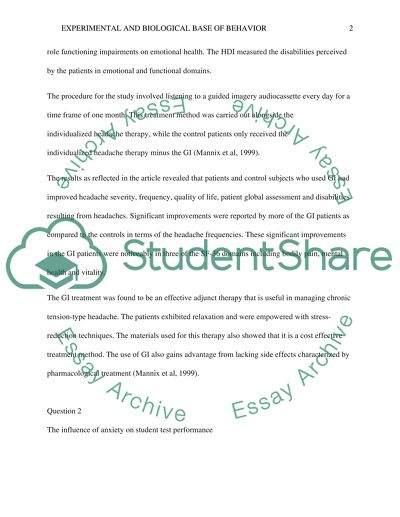Cite this document
(“Experimental and Biological Base of Behavior Lab Report”, n.d.)
Retrieved from https://studentshare.org/psychology/1598295-experimental-and-biological-base-of-behavior
Retrieved from https://studentshare.org/psychology/1598295-experimental-and-biological-base-of-behavior
(Experimental and Biological Base of Behavior Lab Report)
https://studentshare.org/psychology/1598295-experimental-and-biological-base-of-behavior.
https://studentshare.org/psychology/1598295-experimental-and-biological-base-of-behavior.
“Experimental and Biological Base of Behavior Lab Report”, n.d. https://studentshare.org/psychology/1598295-experimental-and-biological-base-of-behavior.


